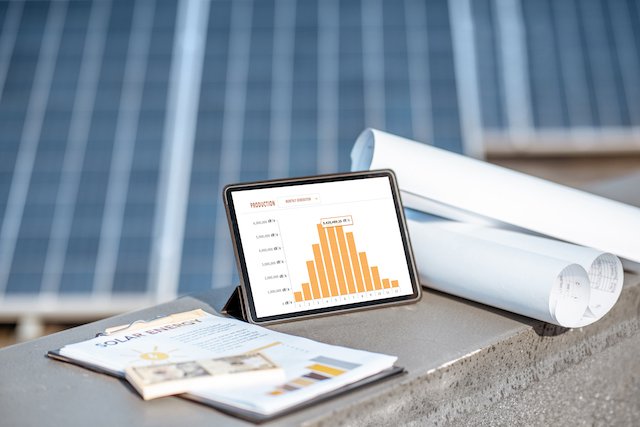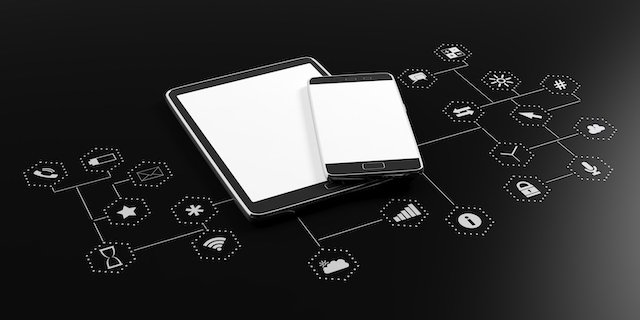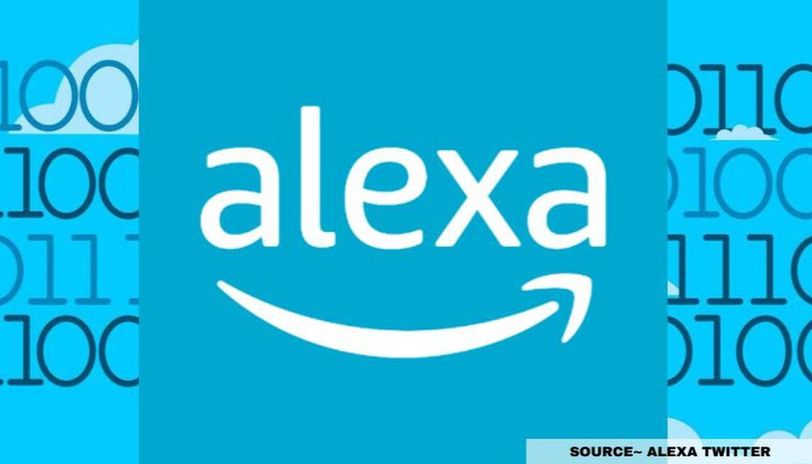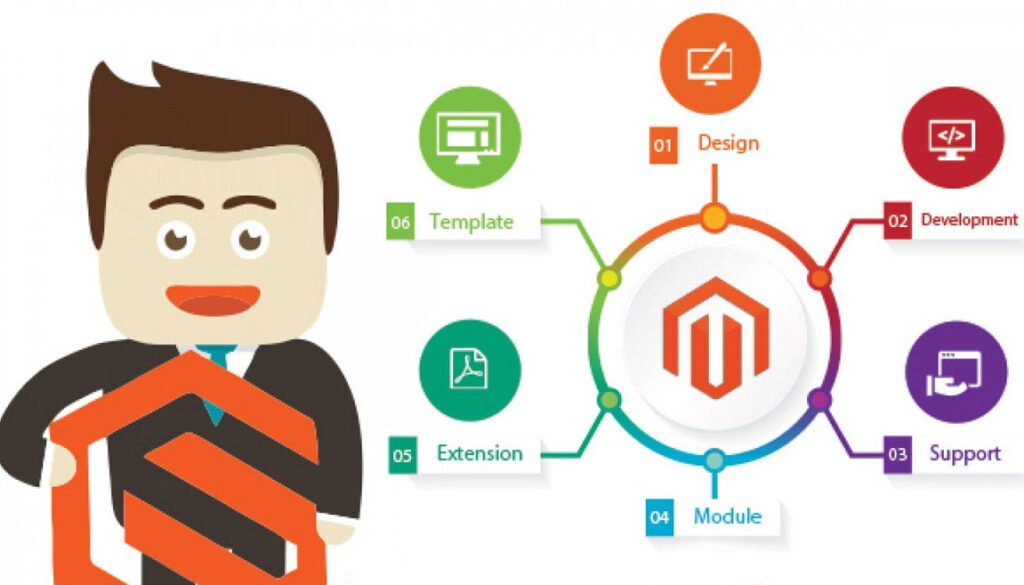Streamlining Your Facility Management with a Software Solution
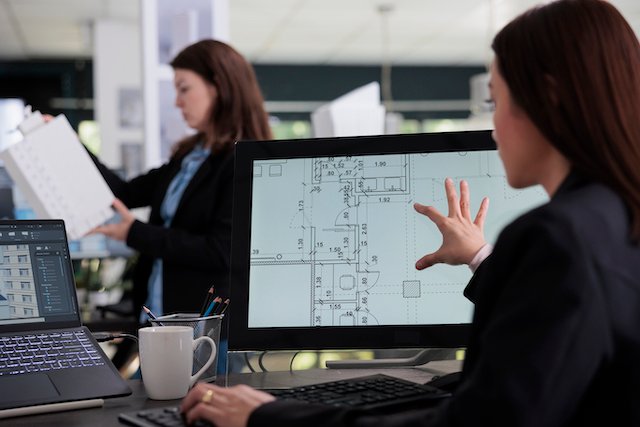
Facility management is an essential part of running a successful business. From maintaining equipment and facilities to managing space and ensuring the safety of employees and visitors, there are many different aspects to consider when it comes to effective facility management. However, managing these processes manually can be time-consuming, error-prone, and costly. That’s why more and more businesses are turning to software solutions to streamline their facility management processes.
Facility management has become more complex as businesses have grown and evolved. With multiple buildings, equipment, and employees to manage, businesses need a more efficient and effective way to track, manage, and optimize their facility management processes. Manual processes can lead to data entry errors, missed maintenance activities, and inefficient use of resources. By implementing a software solution for facility management, businesses can simplify and automate these processes, reducing the risk of errors and improving overall performance.
Contents
Key Features and Benefits of Facility Management Software
Facility management software solutions offer a wide range of features and benefits that can significantly improve business operations. Some of the key features of facility management software include:
- Asset Management: Facility management software can help businesses keep track of their assets, such as equipment, furniture, and vehicles. This includes tracking asset location, maintenance schedules, and the status of repairs and replacements.
- Preventative Maintenance: Preventative maintenance is essential for keeping equipment and facilities in good working condition. Facility management software can help businesses set up and manage preventative maintenance schedules, ensuring that equipment is serviced regularly and proactively repaired before problems occur.
- Space Management: Facility management software can help businesses optimize their use of space, track occupancy rates, and plan for future space needs. This includes the ability to view and analyze space usage data, allocate space to employees and teams, and generate reports on space usage and availability.
- Energy Management: Facility management software can help businesses optimize their energy usage, reduce costs, and minimize their environmental footprint. This includes tracking energy consumption, identifying energy-saving opportunities, and generating reports on energy usage and cost savings.
- Work Order Management: Facility management software can help businesses track and manage work orders for maintenance and repair activities. This includes tracking work order status, assigning tasks to team members, and generating reports on work order completion and performance.
The benefits of using facility management software are numerous and can help businesses become more efficient, productive, and cost-effective. Some of the key benefits of facility management software include:
- Increased Efficiency: By automating facility management processes, businesses can reduce the time and resources required to manage their facilities, freeing up employees to focus on other important tasks.
- Improved Productivity: Facility management software can help businesses improve productivity by streamlining processes and reducing downtime caused by equipment breakdowns or facility issues.
- Cost Savings: By optimizing maintenance and repair processes, businesses can reduce the costs associated with equipment breakdowns and repairs, as well as minimize energy usage and waste.
- Enhanced Data Management: Facility management software provides businesses with a centralized platform for managing and analyzing facility data. This includes information on assets, maintenance schedules, work orders, and space usage. With this data, businesses can make informed decisions about their facility management strategies and track performance over time.
Core Functions Of Facilities Management and Why To Implement
Overall, facility management software is a powerful tool that can help businesses streamline their operations, reduce costs, and improve overall performance. By selecting the right solution and implementing best practices for optimization, businesses can gain a competitive advantage and achieve long-term success.
Factors to Consider When Selecting Facility Management Software
When selecting facility management software, there are several factors that businesses should consider to ensure that they choose a solution that meets their specific needs. Here are some key factors to keep in mind:
- Features and Functionality: Different facility management software solutions offer different features and functionality, so it’s important to choose a solution that provides the tools and capabilities that your business requires. For example, some software may include asset management and preventative maintenance features, while others may focus more on space management or energy management. Consider what aspects of facility management are most important to your business and look for software that offers those features.
- Scalability: As your business grows and evolves, so will your facility management needs. It’s important to choose a software solution that is scalable and can accommodate your changing needs over time. This includes the ability to add new users, integrate with other software systems, and support a growing number of assets, buildings, and locations.
- User-Friendliness: The facility management software you choose should be easy to use and navigate, with a user interface that is intuitive and straightforward. Look for software that offers customizable dashboards, drag-and-drop functionality, and other features that make it easy to access the information and tools you need.
- Integration: Facility management software should integrate seamlessly with other software systems that your business uses, such as accounting software, HR systems, and building automation systems. This allows for a more streamlined and efficient workflow, with data flowing easily between systems.
- Customer Support: When issues arise, it’s important to have access to reliable customer support and technical assistance. Look for software providers that offer comprehensive support services, including phone, email, and online support, as well as training resources and a robust online knowledgebase.
Best Practices for Implementing Facility Management Software
Implementing a new facility management software solution can be a significant undertaking for any business, but following best practices can help ensure a successful implementation. Here are some key best practices to keep in mind:
- Define Your Goals and Objectives: Before implementing facility management software, it’s important to define your goals and objectives for the software. Consider what you hope to achieve with the software, such as increased efficiency, improved maintenance schedules, or better space utilization. This will help ensure that the software is implemented in a way that supports your business goals.
- Plan Your Implementation: A well-planned implementation is key to success. Develop a project plan that outlines the steps involved in implementing the software, including data migration, user training, and testing. Ensure that key stakeholders are involved in the planning process and that everyone is on the same page with timelines and expectations.
- Choose the Right Team: Select a team to oversee the implementation, including project managers, IT professionals, and other key stakeholders. Make sure the team is cross-functional and includes representatives from different areas of the business.
- Ensure Data Quality: High-quality data is essential for a successful implementation. Before implementing the software, clean up your data and ensure that it is accurate and up to date. This will help prevent errors and ensure that the software is able to function properly.
- Provide Adequate Training: Proper training is essential for user adoption and to ensure that the software is being used effectively. Develop a training plan that includes both in-person and online training options, and ensure that all users receive the training they need to use the software effectively.
- Monitor and Adjust: Monitor the software’s performance after implementation and make adjustments as needed. This may include refining workflows, adding new features, or tweaking user permissions. Keep an eye on key performance indicators to ensure that the software is delivering the results you intended.
Future of Facility Management Software
Facility management software has come a long way in recent years, and the future looks even more promising as technology continues to evolve. There are several trends that are likely to shape the future of facility management software, including the Internet of Things (IoT), artificial intelligence (AI), cloud-based solutions, mobile apps, and predictive analytics.
One of the key trends shaping the future of facility management software is the IoT. The IoT enables the integration of various devices, sensors, and systems, allowing facility managers to collect real-time data on everything from energy usage to equipment maintenance needs. By analyzing this data, facility managers can optimize facility performance, reduce costs, and improve the overall efficiency of their operations.
AI is another trend that is likely to revolutionize facility management. AI has the potential to automate routine tasks, predict equipment failures, and even optimize space utilization. With AI, facility managers can gain real-time insights and make data-driven decisions that improve the overall efficiency of their operations. AI can also help facility managers identify patterns and anomalies in data, which can lead to proactive decision-making and increased efficiency.
Cloud-based solutions are also likely to play a major role in the future of facility management software. Cloud-based solutions offer businesses a more flexible and cost-effective way to manage their facilities. With cloud-based solutions, businesses can access their facility management software from anywhere, making it easier for remote teams to collaborate and manage facilities more efficiently. Additionally, cloud-based solutions can reduce the need for on-premise infrastructure, making it easier for businesses to scale up or down as needed.
Mobile apps are already being used for a variety of facility management tasks, and in the future, they are likely to become even more powerful and intuitive. Mobile apps can provide real-time data on everything from work order management to energy tracking, enabling facility managers to monitor and manage their facilities from anywhere, at any time. Mobile apps also offer the advantage of being more user-friendly than traditional desktop applications, which can help increase adoption rates among facility managers.
Finally, predictive analytics is another trend that is likely to shape the future of facility management software. Predictive analytics can help facility managers anticipate problems before they occur, enabling proactive maintenance and reducing downtime. By analyzing data from various sources, such as energy usage and equipment performance, predictive analytics can help facility managers identify patterns and trends, and make data-driven decisions that improve the overall efficiency of their operations.
In conclusion, the future of facility management software looks bright, with new technologies and trends promising to make facility management more efficient, effective, and data-driven. As businesses continue to adopt these solutions, they are likely to see significant benefits in terms of cost savings, improved performance, and enhanced customer experiences. Facility management software is no longer a luxury, but a necessity for businesses looking to stay ahead in a rapidly changing market.
Streamlining your facility management with a software solution can lead to improved efficiency, cost savings and better customer service. With the right solution, you can automate tedious tasks, reduce paperwork and streamline processes for greater efficiency. This will help you focus on more important aspects of your business, like growth and customer experience. By investing in a facility management software solution, you’ll be able to reduce costs while still delivering top-notch customer service.




